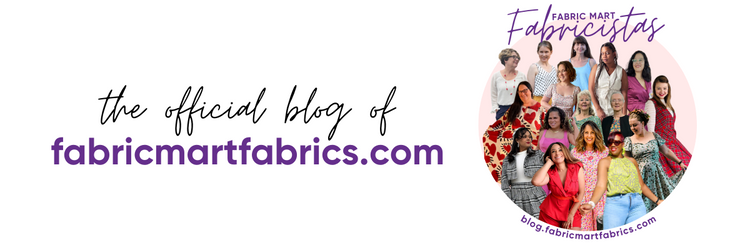Tulle is an open-construction fabric made using three kinds of yarns. In the following image (green) warp yarns running with the selvedge are looped by (blue) warp yarns that run diagonally.
At the same time another set of (purple) weft yarns loop the warp yarns and cross the opposite blue weft yarns.
A Hexagonal
design is produced by (warp) yarns and the two kinds of
(weft – filling) yarns running diagonally. The regular even tension given to the yarns produces a firm, stiff netting called tulle. When fabric is relaxed, a hexagonal shape is evident. The fabric is starched to help it hold it design and produces a wiry, crisp hand.
Tulle was first made as a foundation of laces in 1806 when John Heathcoat of Nottingham, United Kingdom (see Lace post) was trying to adapt his machine for lace production. Tulle netting is still the foundation of many laces.
Tulle is still produced in Heathcoat’s Bobbinette machines which produces the highest quality of tulle. It holds its shape, and provides beneficial properties of uniformity, strength and flexibility. Tulle can also be knitted. Adaptations to the Raschel
machine (designed also to produce lace) have been made to give knitted tulle
equal characteristics to bobbinette tulle.
Tulle has many uses --embroidery, lingerie, bridal wear,
haute couture, decorations, arts and crafts, gift packing, etc. It has also
applications in technical areas where durability and flexibility of netting are
important, like parachute netting and medicine.
What to make with Tulle:
Tips and Tricks for Sewing Tulle:
1.) When sewing tulle on a machine, place tissue paper under tulle to keep it stable and prevent the feed dogs from tearing the netting.
2.) Always place a towel on tulle before ironing and use a gentle setting. Tulle will melt easily if you are not careful!
3.) Remember when cutting tulle for garments: tulle has more stretch in the width than in length
4.) Place tape under your presser foot or use a roller foot to prevent snagging
5.) Stitch slowly!
6.) Raw edges will not fray, so you don't have to finish them!
7.) Use a water and fabric softener mix in a spray bottle to spray tulle before layering to keep it from collecting static.
~ Gabby









Really enjoy visiting your blog
ReplyDeleteGreat posts